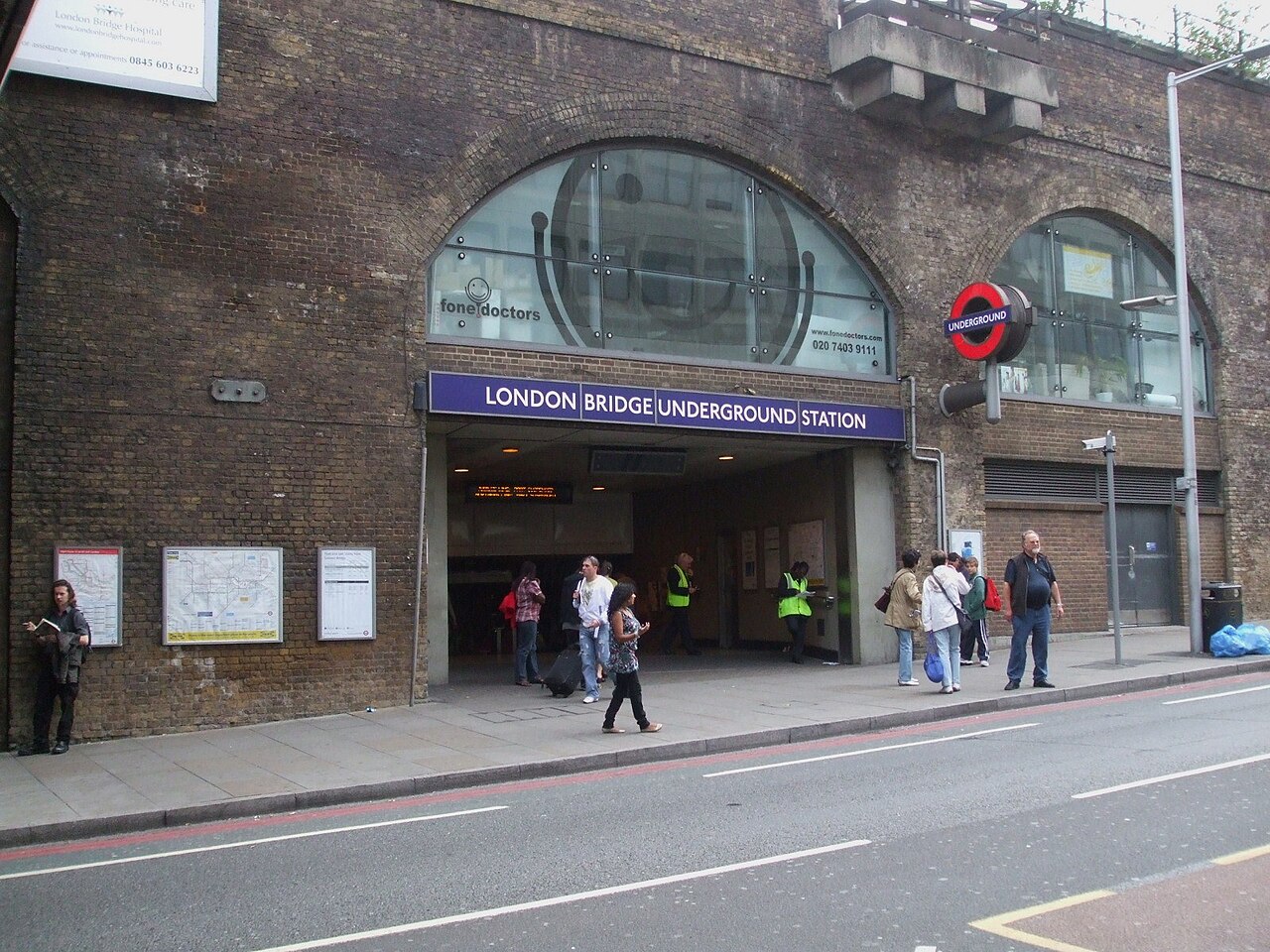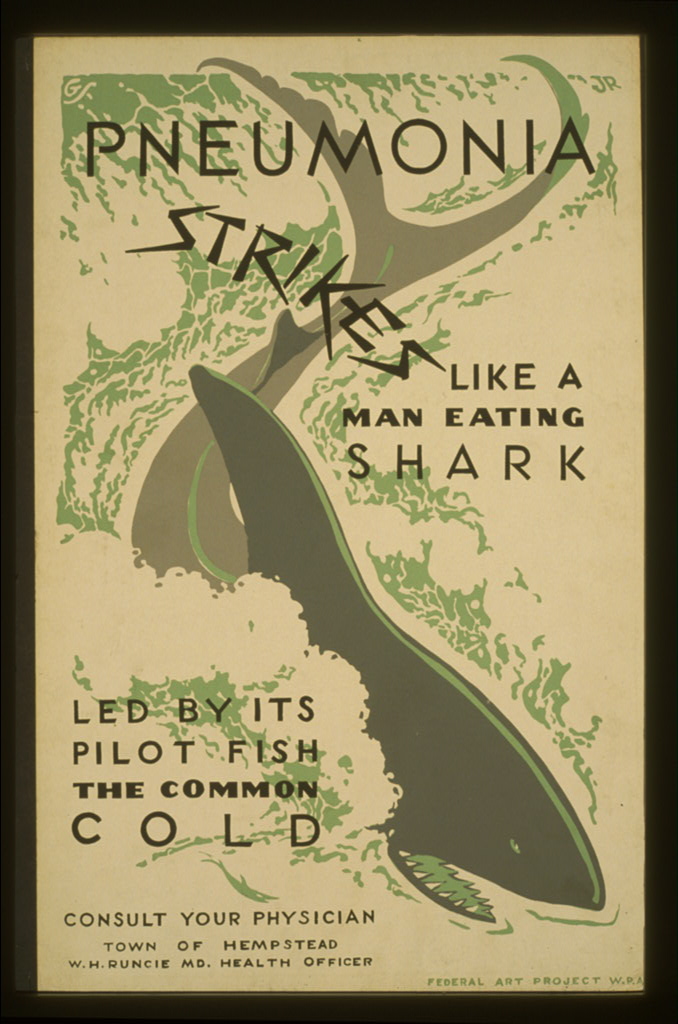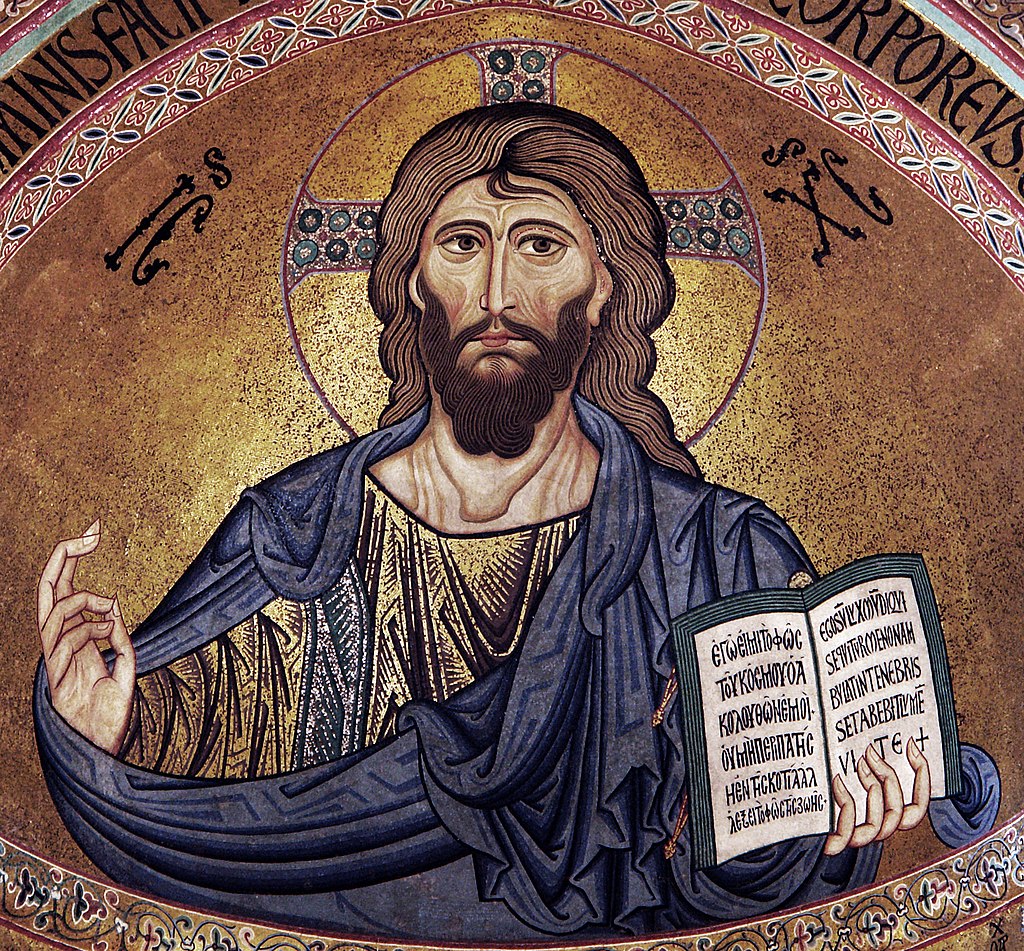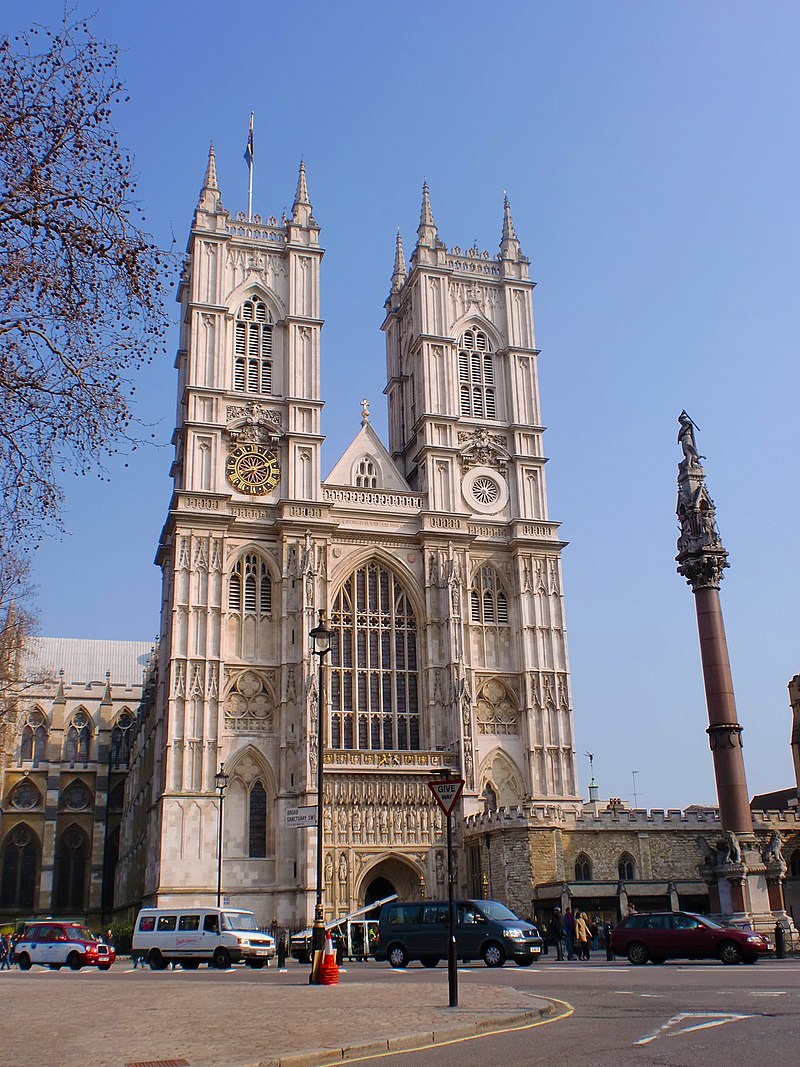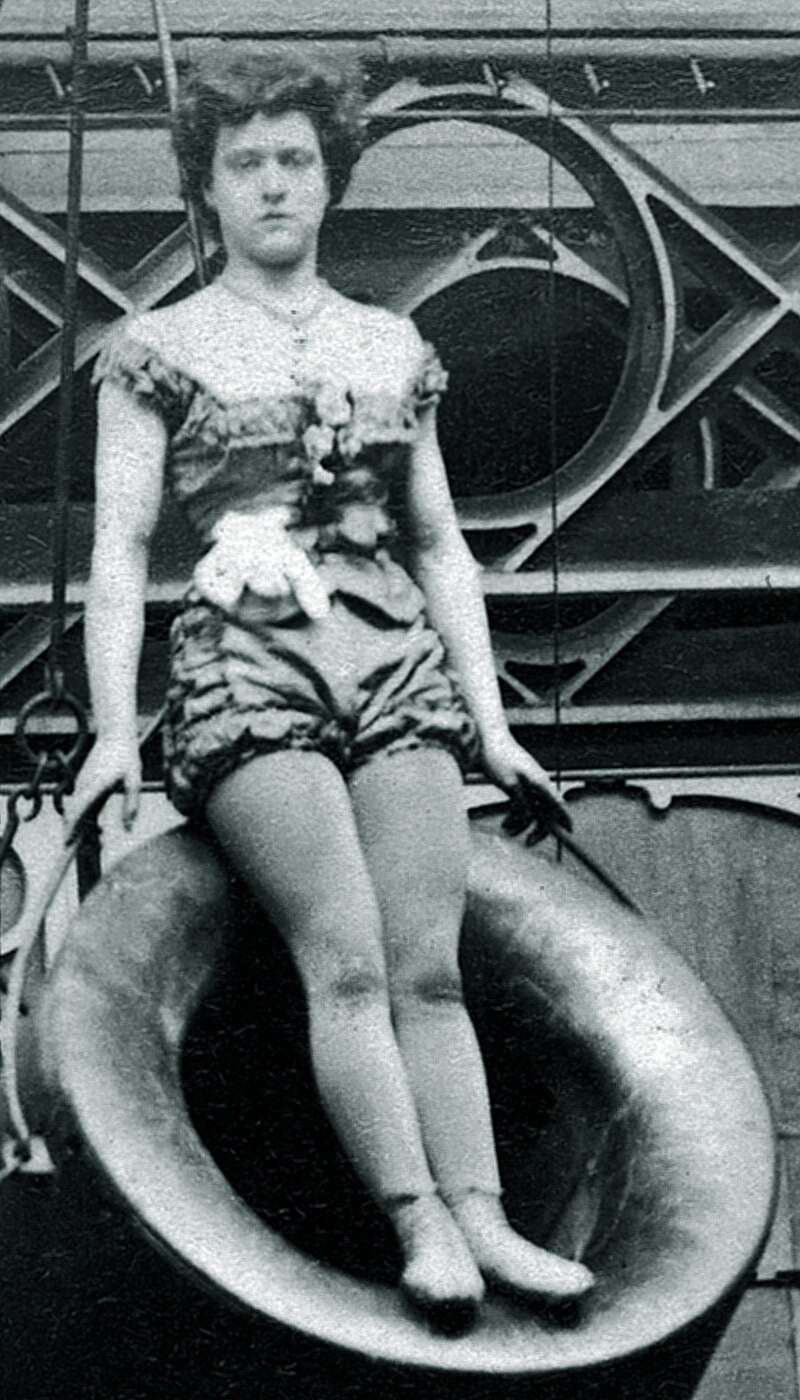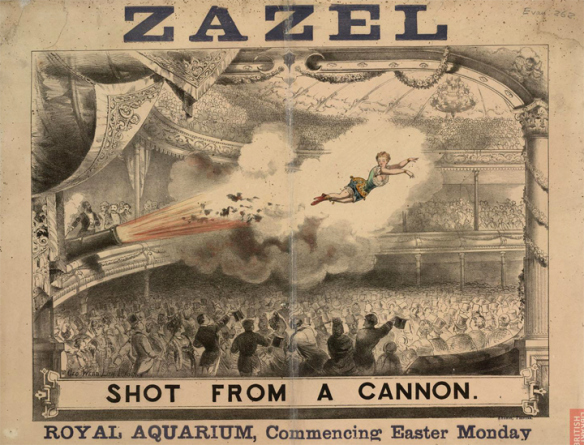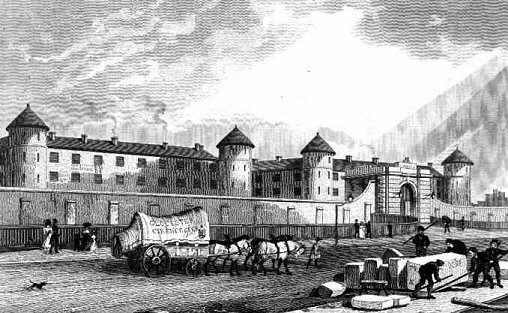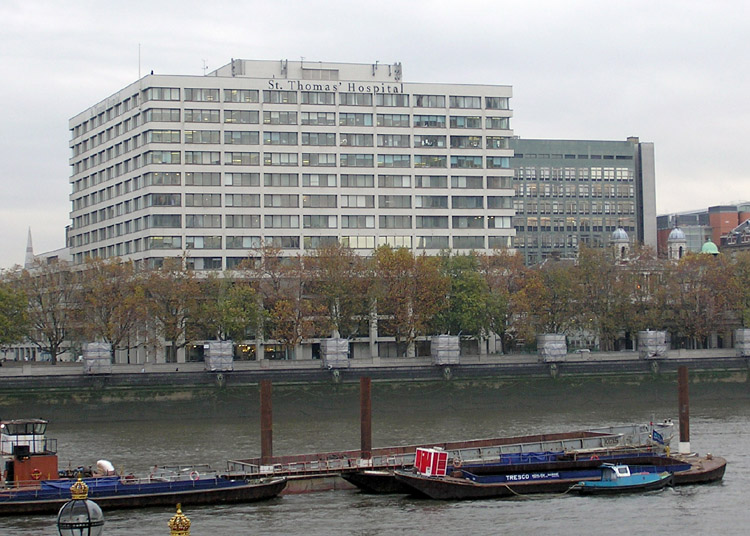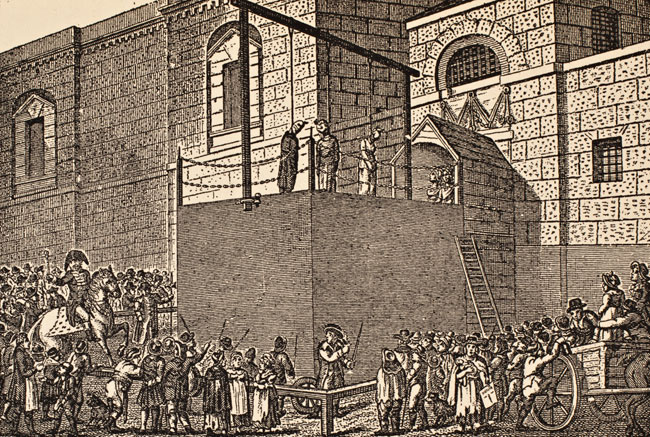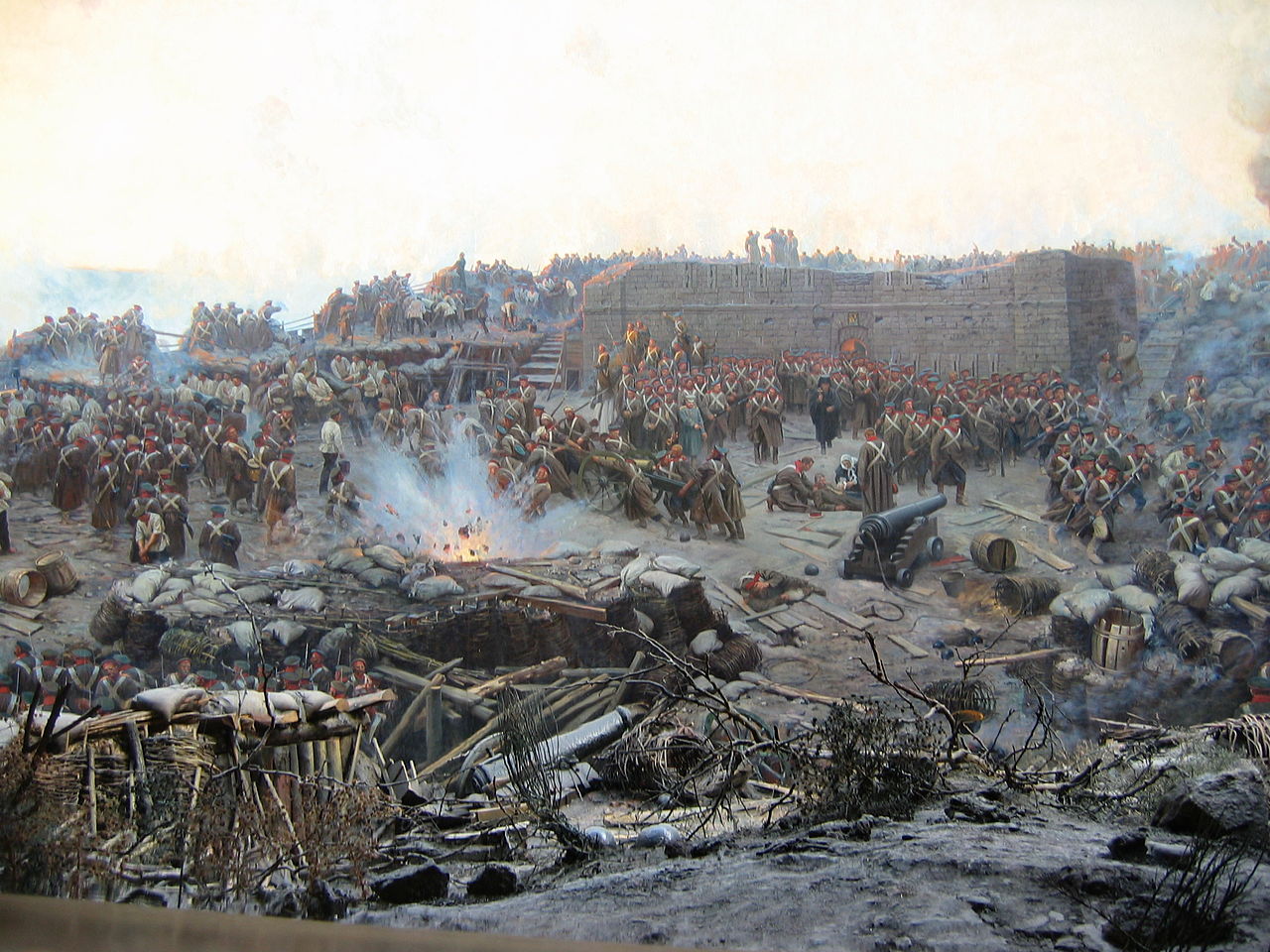Landschlacht, Switzerland, 4 September 2018
I should be dead.
In fact, for at least a quarter of a century.
Back in Canada, I tried to chop a log.
The axe bounced off the log and sliced into my foot.
A mile in the bush limp, a drive home, a quick dash to the local hospital and an ambulance ride from there to the metropolis of Montréal, followed by surgery, hospitalization and convalescence….
And I am alive to tell the tale.
This injury, sadly, was the first of many unfortunate accidents I have had, transforming my body from a wonderland into a battlefield.

In earlier days, blood loss or infection might have ended my life, but I live, as many others live, longer and healthier.
We live in an age where the human anatomy has been mapped, where an abundance of drugs are available, where antiseptic conditions are par for the course in all medical institutions, where medical professionals are highly trained and qualified, where the deliverance of babies is no longer such a danger for infant or mother.
A time of liver and lung, uterus and penis, skull and scalp, arm and hand, face and heart, eye and hip replacements, appendectomies and mastectomies….
A time of virtual and remote, robot-assisted and laser-aided, plastic and emergency surgery….
Days of disinfectant, inoculation, anesthesia, x-rays, MRIs and ultrasound….
I take my survival for granted, confident in the advances available to me in case of injury or illness.
Sometimes it is good to visit places that remind one of how and why mankind has been able to survive the rigours and ravages inflicted upon the body.
Such a place is in London at a venue of body snatchers and “the fastest knife in the West End“.
The tale begins last fall and travels back in time.
Welcome….
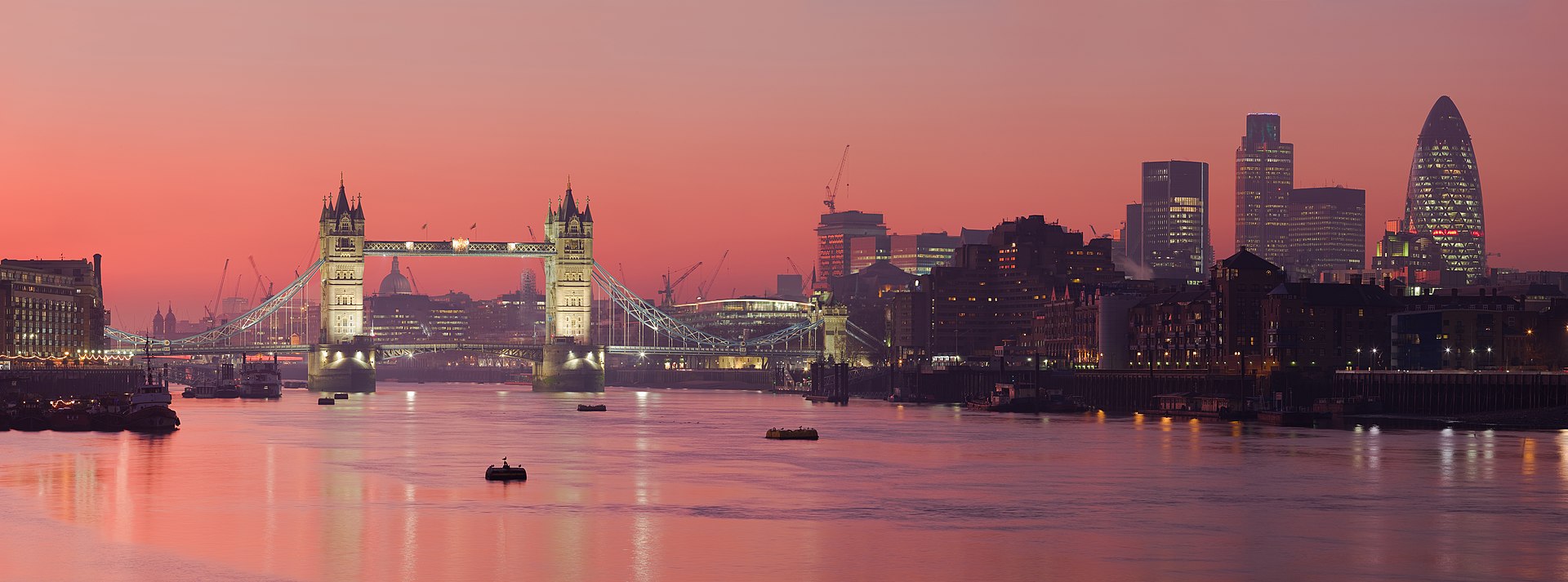
25 October 2017
We spend 80% of our adult lives working, but, on average, 80% of workers often confess that they dislike the work that they do.
My wife is among the happy minority of those who do what they love and love what they do.
My wife is a doctor.
When we travel together it is not uncommon to find us visiting, among many, tourist attractions that are medically themed.
During our week in London we would visit at least three attractions of this nature.
(For other London attractions not medically themed, please see: Canada Slim and….
- the Danger Zone
- the Paddington Arrival
- the Street Walked Too Often
- Underground
- the Outcast
- the Wonders on the Wall
- the Calculated Cathedral
- the Right Man
- the Queen’s Horsemen
- the Royal Peculiar
- the Uncertainty Principle
- the Museum of Many
For medically themed London attractions, please see Canada Slim and….
- the Lamp Ladies
- the Breviary of Bartholomew)
London has its fair share of quirkiness:
Near Wimbledon there is an authentic Buddhist temple that feels like it was discretely teleported directly from Thailand. (Buddhapadipa Temple)
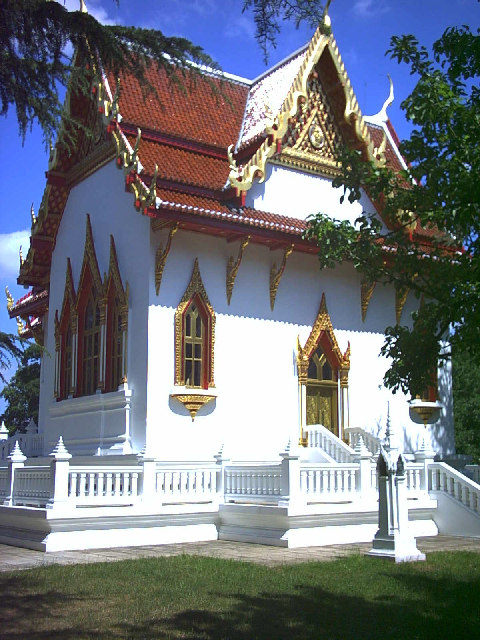
One can climb a castle as if it were the rock face of Mount Everest or the Matterhorn. (Castle Climbing Centre)
Or visit a house lacking electricity and modern plumbing on a Monday night, Silent Night, candlelight tour. (Dennis Severs’ House)

Or tread softly in the necropolis that is Highgate Cemetery.
Come and watch people swing from the gallows. (London Dungeon)
Listen to Anne Boleyn plead her case just before her head is deftly separated from her soft narrow shoulders. (London Dungeon)
Walk by moonlight the Whitechapel backstreets as Jack the Ripper knew them. (London Dungeon)

We did none of these things, but this is not to suggest that our time was devoid of quirkiness….
Time is often not our friend when we travel, so we took the Tube to London Bridge Station instead of walking across the Thames River upon the London Bridge.
We would later sail underneath it but we denied ourselves the tactile experience of trodding upon it.
The River Thames is the longest river in England and the second longest in Britain (after the Severn) and is crossed by over 200 bridges, 27 tunnels, six public ferries, a cable car and a ford.

Prior to the commencement of my relationship with my wife, I followed on foot the Thames from its source near Cirencester to Oxford.
I would, on visits to London, also spend time by its banks.
There has been a London Bridge spanning the Thames since AD 50 and it could be argued that without a London Bridge there might never have been a London.

The first London Bridge was built by the Romans (“What have they ever done for us?“) as part of their road-building programme, to help consolidate their conquest.
This Bridge, and those London Bridge constructions that followed until 1209, was built of wood.
These timber crossings would fall into disrepair, be rebuilt and destroyed by both Saxons and Danes, be destroyed by the London tornado of 1091 and the fire of 1136.
The nursery rhyme “London Bridge is falling down” is connected to the Bridge’s historic collapses.
After the murder of friend/foe Thomas à Becket, the penitent King Henry II commissioned a new stone bridge with a chapel in the centre dedicated to Becket as martyr.
Begun in 1176, London Bridge was completed in 1209 during the reign of King John.
The Old London Bridge (1209 – 1831) was 26 feet / 8 metres wide, 900 feet / 270 metres long, supported by 19 irregularly spaced arches.
It had a drawbridge to allow for the passage of tall ships and defensive gatehouses on both ends.
By 1358 it was already crowded with 138 shops.
The buildings on London Bridge were a major fire hazard and the increased load on the arches required their reconstruction over the centuries.
In 1212, fire broke out on both sides of the Bridge simultaneously trapping many people in the middle.
Houses on the Bridge were destroyed during Wat Tyler’s Peasants’ Revolt (1381) and Jack Cade’s Rebellion (1450).
By the time of the Tudors there were over 200 buildings on the Bridge, some seven stories high, some overhanging the river by seven feet, others overhanging the road forming a dark tunnel through which traffic had to pass.
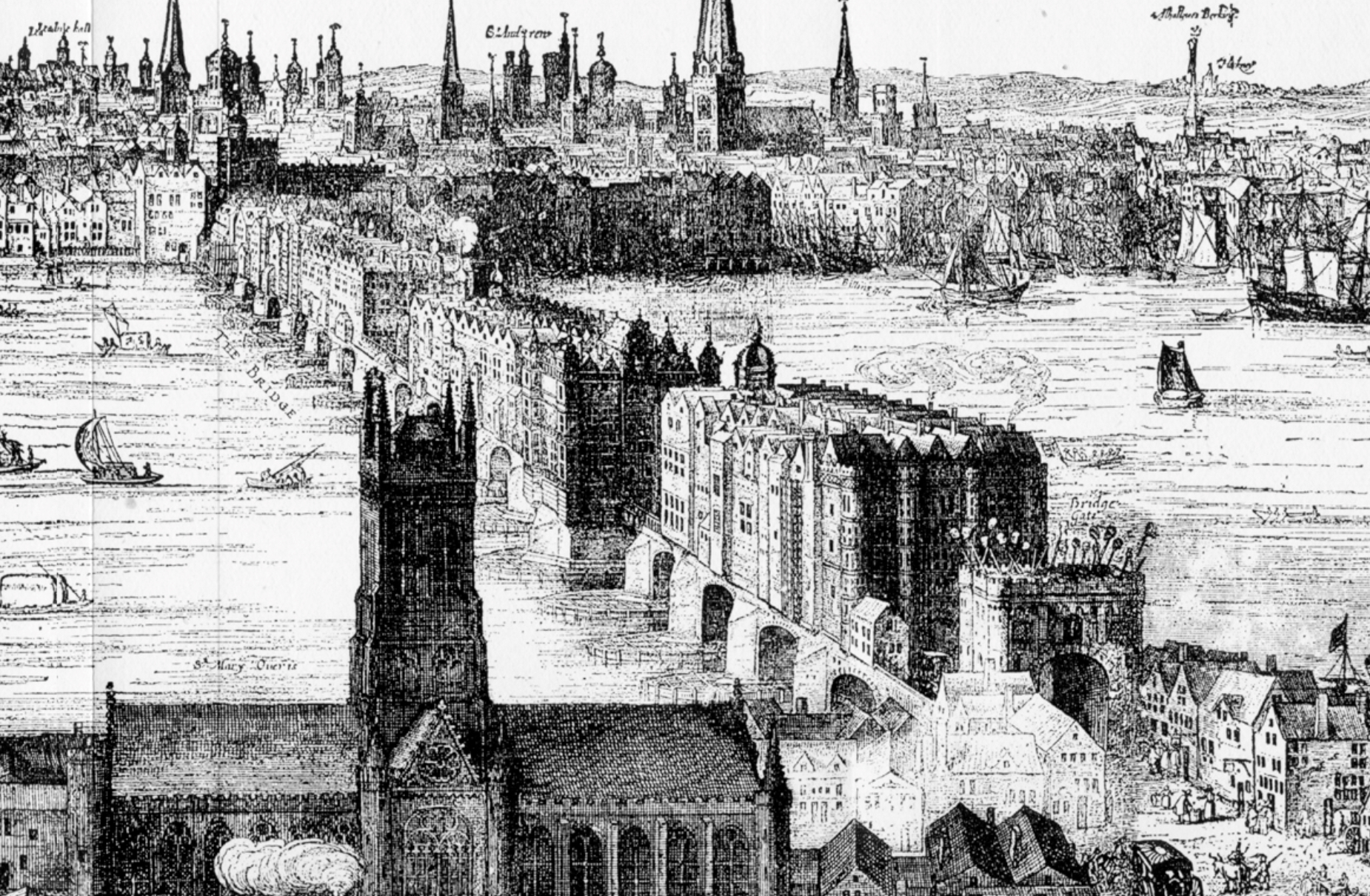
Yet this did not prevent the addition, in 1577, of the palatial Nonsuch House to the buildings that crowded the span.
The available roadway was just 12 feet / 4 metres wide , divided into two lanes, so that in each direction, carts, wagons, coaches and pedestrians shared a single file lane 6 feet / 2 metres wide.
The bridge’s southern gatehouse became the scene of one of London’s most gruesome sights – a display of the severed heads of traitors, impaled on pikes, dipped in tar and boiled to preserve them against the elements.
The head of William Wallace was the first to appear on the gate in 1305, starting a tradition that was to continue for another 355 years.
(Keep this morbid tradition in mind while remembering that before the Anatomy Act of 1832, the only legal supply of corpses for anatomical purposes in the UK were those condemned to death and dissection by the courts.)
Other famous heads on London Bridge pikes included Jack Cade (1450), Thomas More (1535), Bishop John Fisher (1535) and Thomas Cromwell (1540).
In 1598, a German visitor to London, Paul Hentzner, counted over 30 heads on the Bridge.
John Evelyn’s Diary noted that the practice stopped in 1660, following the Restoration of King Charles II, but heads were reported at the site as late as 1772.
By 1722 congestion was becoming so serious that the Lord Mayor decreed that “all carts, coaches and other carriages coming out of Southwark into this City do keep all along the west side of the Bridge, and all carts and coaches going out of the City do keep along the east side of the Bridge.”
This has been suggested as one possible origin for the practice of traffic in Britain driving on the left.
By 1762, all houses and shops on the Bridge had been demolished through an Act of Parliament.
Even so, the Bridge was narrow, decrepit and long past its useful life.

The New London Bridge (1831 – 1967) was completed in 1831, and was 928 feet / 283 metres long and 49 feet / 15 metres wide.
By 1896 the Bridge was the busiest point in London and one of its most congested: 8,000 pedestrians and 900 vehicles crossed every hour.
This Bridge is a prominent landmark in T.S. Eliot’s “The Wasteland“, wherein he compares the shuffling commuters across London Bridge to the hellbound souls of Limbo, the first circle of Hell, in Dante’s Inferno.
Subsequent surveys showed that the Bridge was sinking an inch / 2.5 cm every eight years.
By 1924 the east side of the Bridge had sunk 4 inches / 9 cm lower than the west side.
The Bridge would have to be removed and replaced.
In 1967 the City of London placed the Bridge on the market.

On 18 April 1868, the Bridge was purchased by Missouri oil entrepreneur Robert McCullough for US $2,460,000.
As the Bridge was dismantled, each piece was meticulously numbered, then shipped via the Panama Canal to California and then trucked from Long Beach to Lake Havasu City in Arizona.
This Bridge was rebuilt across the Bridgewater Channel canal and opened on 10 October 1971.
Gary Nunn’s song “London Homesick Blues” includes the lyrics:
“Even London Bridge has fallen down and moved to Arizona.
Now I know why.”

The modern, current London Bridge was opened on 17 March 1973, with a length of 928 feet / 283 metres.

Emerging from the London Bridge Tube Station I recall John Davidson’s poem “London Bridge” and think to myself that clearly Heathrow Airport hadn’t been built when he wrote it:
“Inside the Station, everything’s so old,
So inconvenient, of such manifold
Perplexity, and, as a mole might see
So strictly what a Station shouldn’t be,
That no idea minifies the crude
And yet elaborate ineptitude.”
The main line station is the oldest railway station in London fare zone 1 and one of the oldest in the world having opened on 14 December 1836.
It is one of two main line termini in London to the south of the River Thames (the other being Waterloo) and is the fourth-busiest station in London, handling over 50 million customers a year.
In Tudor and Stuart London, the chief reason for crossing the Thames, to what is now Southwark, was to visit the disreputable Bankside for its pubs, brothels and bear-baiting pits around the south end of London Bridge.
Four hundred years later, Londoners have rediscovered the habit of heading to Southwark, thanks to the traffic-free riverside path and a wealth of top attractions, with the charge led by the mighty Tate Modern.
Of these attractions, the most educational and strangest is the Old Operating Theatre Museum and Herb Garret, at 9a St. Thomas Street.
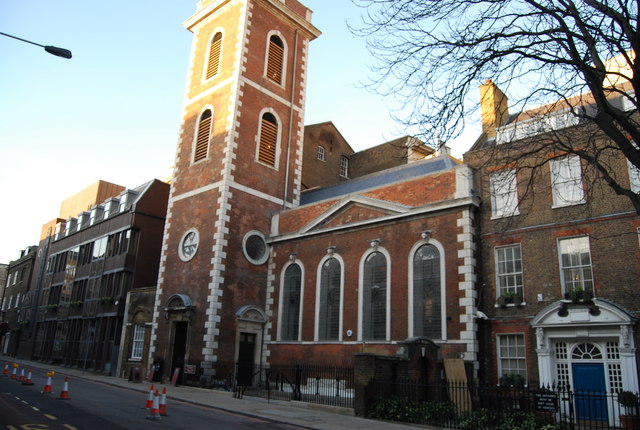
The operating theatre and garret (1822 – 1862) were originally part of St. Thomas Hospital, itself part of the Augustinian Priory of St. Mary Overie, founded in 1106.
The Priory, which stood on the present site of Southwark Cathedral, provided care for the poor and gave board and lodgings to pilgrims.
The “spital” of St. Mary Overie was named St. Thomas in 1173 in tribute to Thomas à Becket, the Christian martyr murdered in Canterbury Cathedral in 1170.
When the Priory and the Hospital were destroyed by fire in 1212, the Bishop of Winchester, Pierre des Roches, paid for them to be rebuilt.
The new Hospital, independent of the Priory, was opened in 1215.
It continued to be staffed by monks and nuns, but surgical work was carried out by barbers since the Council of Tours (1163) had ordained that the shedding of blood was incompatible with holy office.
St. Thomas still provided hospitality for pilgrims.
Funds for the Hospital were largely provided by donations from individuals who believed giving to the poor would speed their spiritual journey to heaven.
One donation came from Alice de Bregerake who gifted her property in return for a yearly rent of one single rose.

(“There’s a lady who knows all that glitters is gold and she’s buying a stairway to heaven.“)
During the early 1500s, Southwark was a thriving community and St. Thomas was at its heart.
Within St. Thomas was the Southwark School of Glaziers, where the stained glass windows for King’s College Chapel in Cambridge were made.
In 1537, the first complete edition of the Holy Bible in English was completed here.

In January 1540 the Priory was dissolved by King Henry VIII, as part of his reforms of the church in England, and the Hospital closed.
In 1551 the Hospital was purchased and repaired by the City of London and two years later Henry’s son Edward VI awarded it a Royal Charter alongside four other London hospitals.
In 1681 fire led to the loss of 24 Hospital buildings.
By 1702 the main Hospital consisted of three grand classical courtyards.
In 1703, Dr. Richard Mead (1673 – 1754), one of London’s most famous physicians, was appointed to the Hospital staff.
At the time one of the most common ailments of St. Thomas in-patients, who were treated in the foul wards at the rear of the Hospital, was venereal disease.
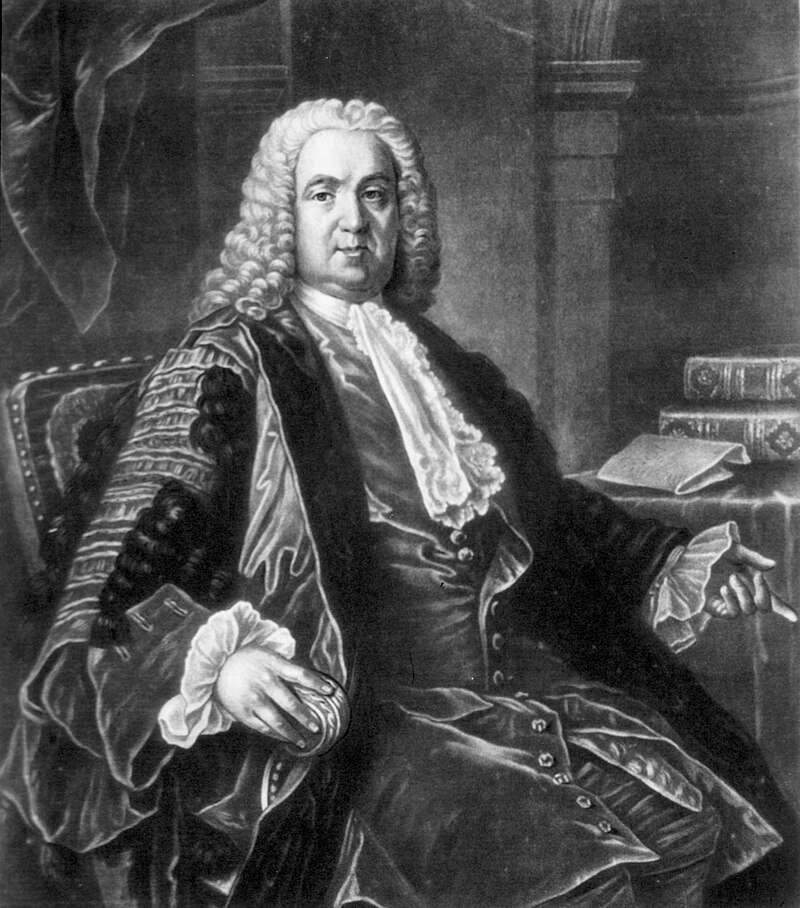
Above: Richard Mead
(Remember the aforementioned brothels?)
Mead’s recommended cure, aqua limacum (snail water), was included in the Pharmacopoeia Pauperum (a directory of medical treatments to be used in London hospitals) in 1718:
“Take garden snails, cleansed and bruised, 6 gallons; earthworms, washed and bruised, 3 gallons; common wormwood, ground ivy and carduus, each one pound and half penny royal; juniper berries, fennel seeds, aniseeds, each half a pound; cloves and cubebs bruised, each 3 ounces; spirit of wine and spring water, of each 8 gallons.
Digest them together for the space of 24 hours and then draw it off in a common alembick.
This is admirably well contrived both for cheapness and efficacy.
It is as good a snail water as can be made….
Mostly given in consumption contracted for viscous practices and venereal contagions, this is the constant drink of those who are under the weakness and decays….”

Improvements to the facilities continued throughout the following 150 years.
St. Thomas’ Grand Committee Minutes of 21 October 1821 record that the women’s operating theatre be moved from the west end of one of the women’s wards and that “the herb garret over the church be fitted up and in future used as a theatre for such operations instead of the present theatre.”
The new operating theatre opened in 1822.
John Flint South (1797 – 1882), the son of a Southwark druggist, began his medical training at St. Thomas in 1814.
He was appointed Conservator of the Hospital’s anatomy Museum in 1820 and was made Joint Lecturer in Anatomy in 1823.
In 1841 he was appointed surgeon at St. Thomas, a post he held until 1863.
He was also appointed surgeon to the Female Orphan Asylum in 1843.
South’s Career at St. Thomas spans the entire period of the Old Operating Theatre’s history and as such his memoir, John Flint South Memorials, published 20 years after his death, provides a remarkable insight into how the operating theatre functioned.

Above: John Flint South
The Murder Act of 1752 decreed that only executed murderers could be used for dissection, but this did not provide enough subjects for the medical and anatomical schools.
By the 19th century only about 56 people were being sentenced to capital punishment each year, but with the expansion of medical schools as many as 500 cadavers were needed annually.
Body snatching – the secret removal of corpses from burial sites to sell them to medical schools – became so prevalent that it was not unusual for relatives and friends of someone who had just died to watch over the body until burial and then keep watch after burial to stop it being violated.
Interfering with a grave was a misdemeanour, not a felony, and therefore only punishable with a fine and imprisonment rather than exile or execution.
The body snatching trade was a sufficiently lucrative business to run the risk of detection, particularly as the authorities ignored what they considered a necessary evil.
In Edinburgh, during 1827 and 1828, William Burke and William Hare brought a new dimension to the trade of selling corpses “to the doctors” by murdering rather than grave robbing and supplying their victims’ fresh corpses for medical dissection.
The murders raised public awareness of the need for bodies for medical research and contributed to the passing of the Anatomy Act of 1832, which allowed unclaimed bodies and those donated by relatives to be used for the study of anatomy and required the licensing of anatomy teachers, effectively ending the body snatching trade.
When pioneering health reformer, Florence Nightingale, returned to London from the Crimean War in 1856 she set up a fund “to establish and control an institute for the training, sustenance and protection of nurses paid and unpaid.”
The specialist training of nurses was not universally supported and many doctors viewed it as a threat to their authority.
The work left for nurses, it was believed, required little more than “on-the-job” training.
There were prejudices too against “delicate“, educated women undertaking manual work or having contact with the coarse realities of the hospital wards.
However, Nightingale was an influential and convincing advocate for reform.
The Nightingale Fund raised almost 50,000 pounds.
She chose to establish her School of Nursing at St. Thomas.
The two main deciding factors were Nightingale’s admiration for Sarah Wardroper, St. Thomas Matron and Superintendent of Nurses, and the fact that the Hospital would soon move to a new site where the School could be built to the latest, Nightingale-inspired plan.
The School of Nursing opened at the St. Thomas Southwark site on 24 June 1860 with 15 students.

Above: Florence Nightingale (1820 – 1910)
In June 1862, the Hospital moved to make way for a railway line to Charing Cross.
With the move, the operating theatre, situated in the attic of St. Thomas Church, was sealed up and lay in darkness for nearly a century.
After the Hospital closed the only access to the roof space of the Church was through an opening, 20 metres above floor level, in the north wall of the first floor chamber of the bell tower.
In 1956, Raymond Russell (1922 – 1964), while researching the history of St. Thomas decided to investigate the attic.
He found the garret in darkness, the skylight above the operating theatre had been replaced by slates and the other windows were black with a century of dirt.
Russell’s find was extraordinary:
No other early 19th century operating theatre in Europe has survived.
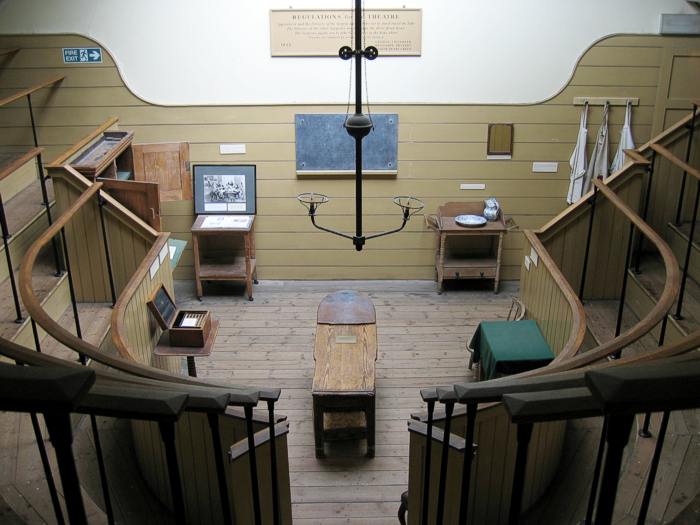
It is likely that the use of the garret of St. Thomas as a Hospital apothecary dates back to the present Church’s construction in 1703.
Hooks, ropes and nail holes in the roof and dried opium poppy heads discovered under the floorboards in the 1970s are all evidence of the garret’s former use.
Herbs have been used as medicine since ancient times and before the development of the chemical industry, medicinal compounds were made from natural materials, mostly plants.
Even today, the majority of medicines originate from plant sources.
At St. Thomas, quantities of herbs were purchased from a visiting “herb woman” and the Hospital had its own botanical garden and apothecary’s shop within its grounds.
The apothecary was the chief resident medical officer of the Hospital and was responsible for prescriptions for surgical cases and, in the absence of the physician, for dispensing medicine to all the Hospital’s patients.

In 1822 part of the Herb Garret was converted into a purpose-built operating theatre.
The patients were mainly poor people who were expected to contribute to their care if they could afford it.
Rich patients were treated and operated on at home, probably on the kitchen table, rather than in hospital.
The patients at the Old Operating Theatre were all women.
A description of the students packing the theatre to witness an operation has been left by Dr. South:
“The operating theatre was of utterly inadequate size for the numbers of pupils who congregated….
The general arrangement of all the theatres was the same: a semicircular floor and rows of semicircular standings, rising above one another to the large skylight which lit the theatre.
On the floor the surgeon operating, with his dressers, other surgeons and apprentices and the visitors stood about the table, upon which the patient lay, so placed that the best possible view of what was going on was given to all present.
The floor was separated by a partition from the rising stand-places, the first two rows were occupied by the other dressers.
Behind a second partition stood the pupils, packed like herrings in a Barrel, but not so quiet, as those behind them were continually pressing on those before and were continually struggling to relieve themselves of it, and had not infrequently to be got out exhausted.
There was also a continual calling out of “Heads, Heads” to those about the table whose heads interfered with the sightseers.
The confusion and crushing was indeed at all times very great, especially when any operation of importance was to be performed.
I have often known even the floor so crowded that the surgeon could not operate till it had been partially cleared.”
Patients put up with the audience in their distress because they received medical treatment from some of the best surgeons in the land, which they otherwise they could not afford.
The majority of cases were for amputations or superficial complaints as, without antiseptic conditions, it was too dangerous to do internal operations.
The risk of death at the hands of a surgeon was likely, as there was a lack of understanding of the causes of infection.
Beneath the table was a sawdust box for collecting blood.
The death rate was further heightened by the shock of the operation and because operations took place as a last resort, patients tended to have few reserves of strength.
Until 1847, surgeons had no recourse to anaesthetics and depended on swift technique, the mental preparation of the patient, and alcohol or opiates to dull the patient’s senses.
(Dr. Robert Liston (1794 – 1847) was described as “the fastest knife in the West End.
He could amputate a leg in 2 1/2 minutes.”
Indeed he is reputed to have been able to complete operations in a matter of seconds, at a time when speed was essential to reduce pain and improve the odds of survival of a patient.)

Above: Robert Liston
After 1847, ether or choloroform was used.
The small room at the side of the Theatre was used to spare the patient the sudden alarm of being brought straight into the Theatre full of students, with the operating table and instruments on view.
“Soon after….another female was brought in blindfolded and placed on to the table for the purpose of undergoing an operation for the removal of the leg below the knee.”
(The Lancet, October 1829)
These were the days before antisepsis (eliminating possible infection in the wound after the operation) or asepsis (avoiding any contamination from the start).
Unsterilized clothes were blood and pus stained while undisinfected hands used undisinfected instruments and sponges from previous operations.
In those days, “surgeons operated in blood-stiffened frock coats – the stiffer the coat, the prouder the busy surgeon“. (Dr. Oliver Wendell Holmes)

Above: American Dr. Oliver Wendell Holmes Sr. (1809 – 1894)
“There was no object in being clean.
Indeed cleanliness was out of place.
It was considered to be finicky and affected.
An executioner might as well manicure his nails before chopping off a head.” (Sir Frederick Treves)

Above: Frederick Treves (1853 – 1923)
No one wore a face mask or rubber gloves.
There were no blood transfusions nor vaccines.
Neurosurgery, cataract surgery, cardiac surgery, transplant surgery, Caesarian sections and hip replacements were either unknown or too dangerous to attempt.
Charles Bell (1774 – 1842), in his Illustrations of the Great Operations of Surgery (1821), describes the five most complex operations undertaken during the time of the Old Operating Theatre.
Below is a description of what the visitor would expect to see:
“To one side a table with instruments, covered with a cloth to preserve the edges of the cutting instruments.
On it we expect to see:
- A large cushion with tenacula (sharp hooks), needles, pins and forceps.
- Ligatures (binding materials) of every variety, well arranged.
- Adhesive straps, well made and not requiring heating, but if they should, let chafing dishes be at hand.
- Lint, compresses, flannel and calico bandages, double and single headed rollers, tow, cereate spread on lint. Let there be no want of sponges, so that when the surgeon calls for a sponge, you have not to seek it among the patient’s clothes. When a sponge falls among the sand, let it be not necessary to touch the wound with it.
- Wine and water and hartshorn (ammonia solution used as smelling salts).
- A kettle of hot water, a stoup (flagon) of cold water, basins, bucket, plenty of towels, apron and sleeves.”

Above: Scottish Dr. Charles Bell (1774 – 1842)
On the wall are two inscriptions:
Miseratione non Mercede (Latin for “For compassion, not for gain“)
The other sets out the Regulations for the Theatre as approved by the Hospital’s surgeons:
“Apprentices and the dressers of the surgeon who operates are to stand around the table.
The dressers of the other surgeons are to occupy the three front rows.
The surgeon’s pupils are to take their places in the rows above.
Visitors are admitted by permission of the surgeon who operates.”
The blackboard is a reminder of the Theatre’s use for lectures as a report in The Lancet of November 1923 records:
“25 November 1923: At half past one this day, the following clinical remarks were delivered by Mr. Travers, in the female operating theatre, in reference more particularly to the case of compound fracture….”
The operating table is made of Scots pine, has four stout legs, and at 60 cm high is low by modern standards.
It has an inclined headboard and a long wooden slide extension at the foot end.
The table stands with the foot end towards the audience.
Beneath the table is the aforementioned wooden box of sawdust.
Distinguished visitors (generally foreign professors) were given seats on chairs, stools or a bench at the foot of the table.
The two small side tables held instruments and equipment.
The cupboard contained the instruments, dressing materials and lotions.
There is a wash stand, also of Scots pine, holding a small basin and ewer of blue and white china.
Above this is a tiny looking glass and a row of pegs from which hang the purple frock coats with grocer’s bib and apron.
A low sturdy wooden chair is used by the surgeon chiefly for cases of piles (hemorrhoids) and leg amputations.
The Museum also contains a collection of artefacts revealing the horrors of medicine before the age of science, including instruments for cupping (skin sunction), bloodletting, trepanning (drilling a circular hole in the skull) and childbirth.
There are also displays on monastic health care, the history of St. Thomas’s, Florence Nightingale and nursing, medical and herbal medicine.
Once upon a time body snatchers stole corpses so doctors could practice their skills and students learn anatomy.
Once upon a time doctors created more corpses and snatched lives from bodies than surviving patients.
Now doctors snatch many bodies from the jaws of death and generally make them whole.
Without Egyptian, Chinese, Indian, ancient Greek and Islamic medicine….
Without the trials and errors of dissection and pathological examinations….
Without the development of cell and neuron and molecular theory….
We would not have evolved to the discoveries and understanding of the body that we as a civilization now possess.
Without an understanding of blood circulation, the evolution of dealing with mental illness, the discovery of germs and the dangers of insects, the founding of the talking cures of psychoanalysis and psychotherapy, the study of hormones and immunology, the genetic revelation of genes and genomes, could we have a fighting chance in understanding health and disease in the manner that we do.
Without the stethoscope, the microscope, the hypodermic syringe, the thermometer, x-rays and radiotherapy, the sphygmomanometer (blood pressure measurement), the defibrillator, lasers, the endoscope, ultrasound and CT (computerized tomographic) scanning, MRI (magnetic resonance Imaging) and PET (positron emission tomography), the incubator and medical robots, we would lack the tools that doctors need to heal us and prolong our lives.
Mankind has survived the plague, typhus, cholera, puerperal fever, tuberculosis, influenza, smallpox, polio, cancer and AIDS, and thanks to great discoveries in medicine, though the battle against these scourges remains inconclusive, we still have a greater opportunity to overcome than prior generations had.
Opium provides pleasure and pain relief, quinine treats malaria, digitalis is a tonic for the heart, penicillin cures syphilis and gangrene, the birth control pill offers a woman freedom, drugs for the mind ease mental suffering, ventolin helps us breathe easier, Insulin aids the diabetic, dialysis cleans the kidney, statins lower our cholesterol and vitamins compensate for whatever our diets may lack.
Wounds are properly dressed, anaesthesia makes surgery painless, operations are clean, blood is transfused, exploration of the brain is possible, eyesight can be restored, mothers are less likely to die giving birth, hearts can be healed, organs transplanted, hips replaced and scars reduced by less invasive keyhole methods.
Truly, compared to the past, we live in an age of miracles.
Sometimes we take modern medicine for granted.
Stand in the middle of the Old Operating Theatre and be reminded how lucky we are to live in this day and age and how far we have travelled to get here.

Above: The Rod of Asclepius, the Greek god of healing and Medicine
Sources: Wikipedia / William and Helen Bynum, Great Discoveries in Medicine / The Old Operating Theatre Museum and Herb Garret Museum Guide / The Rough Guide to London / Rachel Howard and Bill Nash, Secret London: An Unusual Guide / http://www.thegarret.org.uk


